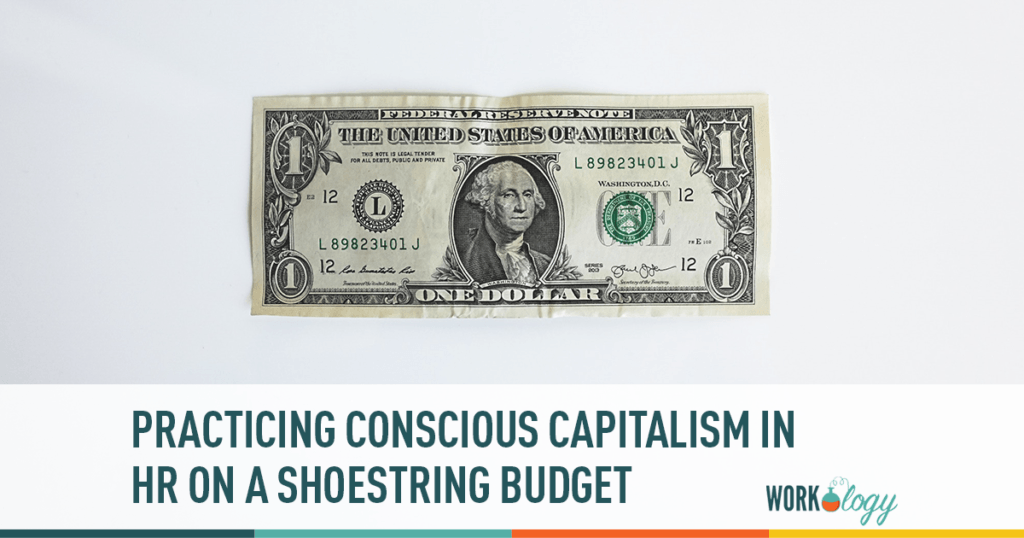Doing stuff matters more than money for small business efforts
Really good companies are involved in their communities in a variety of ways. This isn’t a new idea. The book, Conscious Capitalism: Liberating the Heroic Spirit of Business, by John Mackey and Raj Sisodia is a great read, profiling many examples of companies who put the concept to work. We know them and love them, companies like Whole Foods Market, Southwest Airlines, Costco, Google, Patagonia, The Container Store, UPS, and many more. Most of them are huge brands with deep pockets, and the ability to carry out and deliver programs on a large scale.
These companies derive a distinct advantage from the way they do business, including the way they give back to their communities. Employees are more engaged. Their brand recognition is enhanced. People know of the contributions they make, and look for ways to assist. them in their work. Profits generally follow.
Most of us don’t have the luxury of working for a Fortune 100 global, deep pocketed super brand. Your budget is limited. Your time already monopolized by real world HR problems. Don’t fall for those negative thoughts.
Six actions for building a conscious culture on a shoestring budget
Maximize your available resources by selecting a central charity or action theme that you support throughout the year. For example, if you are in the food production business, you might choose to support a local food bank. This allows you to establish an on-going relationship with an organization, and contribute to a cause related to the business mission of your company. This approach is more about relationships and mission, and allows you to work in your local community in a more targeted way than affiliations with a “one size fits all” charity campaign like United Way.
Action counts, especially if you are trying to do this without a lot of cash. You don’t need huge pools of cash to make a difference in the community. Establish a volunteer hour pool by allowing a certain amount of employee work time to be devoted to work at local non-profit. Of course, there is a cost here, but it is built into your labor costs, and the goodwill payoff will likely exceed the time “lost”.
Combine the charity activity with a seasonal work activity. One company I used to work used to combine a department against department Christmas tree decorating contest with a local charity. Each department as challenged to decorate the tree as uniquely and creatively as possible with handmade ornaments. The tress were judged, and awards were given inside the company. Each department would also be assigned a charity that they could voluntarily purchase gifts for, and just before the holidays, we would deliver the gifts and the decorated tree to our charity. Team-building, competition, and charity all in one effort.
Small efforts can yield large results. Recycling programs from soda cans. Using the company cut from the break room vending machine contract to establish a working fund. Allowing bake sales. Options are only limited by you and the practical realities of your business. Use a community bulletin board to share opportunities for people to get involved.
Make the effort a community effort. Don’t run this type of effort like it is a corporate driven program, or an HR program. Let your employees have a say so. Even better, step aside and let them run the damn thing. They will deliver great results that matter to them.
Just do something. A friend of mine that is an ardent do-gooder and fundraiser par excellence for the No Kid Hungry initiative and others has a phrase she uses that is usually abbreviated as #JFDI. It’s an obvious play on the Nike slogan “Just do it”. It’s good advice, so go do it! (h/t to Amanda Hite)








